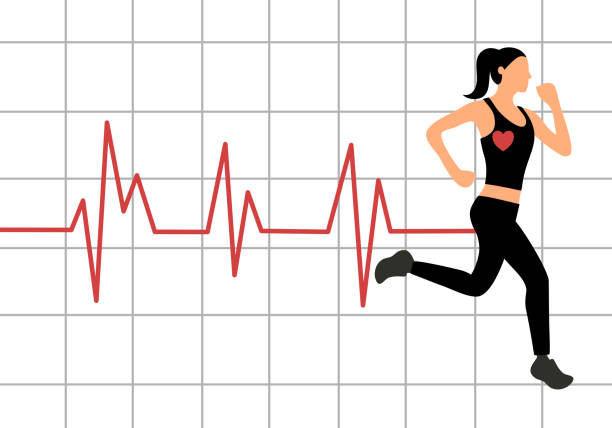Cardiovascular fitness is the ability of the heart, lungs, and blood vessels to efficiently transport oxygen and nutrients to the muscles during physical activity. Improving cardiovascular fitness has numerous benefits, including reduced risk of heart disease, improved mental health, and increased energy levels. Here are some key strategies to improve your cardiovascular fitness:
The Science Behind Cardiovascular Fitness
Cardiovascular fitness impacts overall health by reducing the risk of heart disease, stroke, and other chronic diseases. The cardiovascular system is responsible for delivering oxygen and nutrients to the body’s tissues and removing waste products.
The Benefits of Cardiovascular Fitness
Improved cardiovascular fitness has numerous benefits, including lower blood pressure, improved cholesterol levels, improved immune function, and better sleep. Additionally, regular exercise has been shown to improve mental health, reduce stress and anxiety, and increase overall happiness.
How to Measure Cardiovascular Fitness
Cardiovascular fitness can be measured using a variety of tests, including VO2 max, resting heart rate, and heart rate recovery. These tests measure the body’s ability to transport oxygen and nutrients to the muscles during physical activity.
How to Improve Cardiovascular Fitness
Effective strategies for improving cardiovascular fitness include aerobic exercise, interval training, and high-intensity interval training (HIIT). Aerobic exercises, such as running, cycling, and swimming, can be performed for longer periods of time at a moderate intensity. Interval training involves alternating periods of high-intensity exercise with periods of rest or low-intensity exercise. HIIT involves short bursts of high-intensity exercise followed by periods of rest.
How to Design a Cardiovascular Fitness Plan
To design a personalized cardiovascular fitness plan, set specific goals, track progress, and gradually increase the intensity and duration of your workouts. It’s important to vary your workouts to avoid boredom and injury. Additionally, consider working with a personal trainer or fitness professional to design a plan that meets your specific needs.
Nutrition and Cardiovascular Fitness
Proper nutrition is essential for improving cardiovascular fitness. A balanced diet that includes plenty of fruits, vegetables, whole grains, and lean protein can provide the necessary nutrients to fuel physical activity. Additionally, limiting processed foods, sugary drinks, and saturated and trans fats can help improve overall health.
Common Cardiovascular Fitness Mistakes to Avoid
Common mistakes that can hinder cardiovascular fitness progress include overtraining, not varying workouts, and neglecting recovery time. It’s important to listen to your body and take rest days when needed. Additionally, avoid comparing yourself to others and focus on your own progress and goals.
Staying Motivated
Staying motivated to improve cardiovascular fitness can be challenging, but setting specific goals, finding a workout buddy, and varying your workouts can help keep you on track. Additionally, finding activities that you enjoy and incorporating them into your routine can help make exercise feel less like a chore.
In conclusion, improving cardiovascular fitness is essential for overall health and wellness. By incorporating aerobic exercise, interval training, and HIIT into your workout routine, eating a balanced diet, and avoiding common mistakes, you can improve your cardiovascular fitness and reduce your risk of chronic disease. Remember to stay motivated, track your progress, and celebrate your successes along the way.





